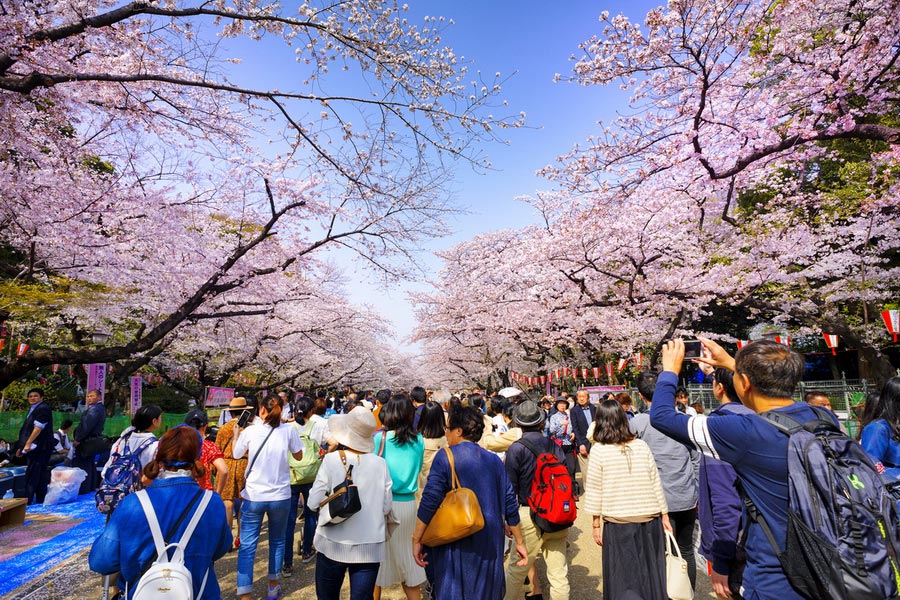Japanese traditions are fascinating in their uniqueness and diversity, carefully preserved and passed down through generations. Visitors to Japan can not only explore its unique sights but also lose themselves in the rich world of ancient cultural traditions. Whether it's the meticulous art of eating with chopsticks, the heartfelt hospitality extended to guests, or the reverence for nature reflected in practices like Hanami, Japan’s traditions offer an unforgettable journey into a culture that beautifully balances the old with the new.
Hanami Tradition
The Japanese tradition of Hanami, or flower viewing, is deeply cherished. For 5-10 days each spring, the people of Japan gather to admire the blooming plum (ume) and cherry (sakura) blossoms, reflecting on the fleeting beauty of life. Hanami can be enjoyed from late February to late May, depending on the region. The blooming dates are announced in advance so everyone can experience this natural wonder. There are also other flower festivals, like those for sunflowers, lilies of the valley, cosmos, tulips, and carnations.
Eating Etiquette
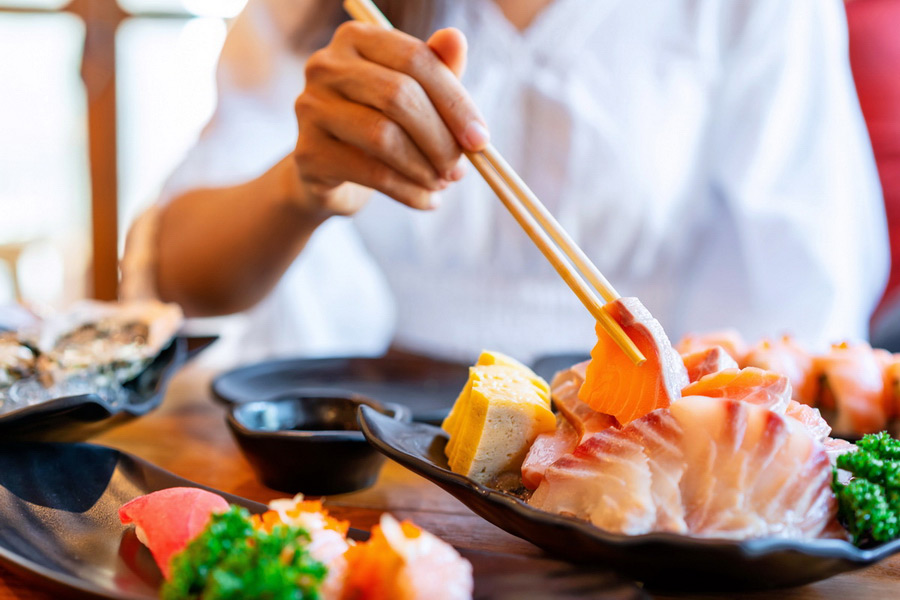
In Japan, meals are accompanied by specific rituals and rules. Before eating, it’s customary to say “itadakimasu”, expressing gratitude for the food. Certain dishes are served in small plates and eaten in a particular order. Chopsticks (hashi) are used exclusively for eating, and there are specific etiquette rules: you should not stab food with chopsticks, pass food from chopstick to chopstick, or leave them crossed on an empty plate. Instead, they should be placed together beside the plate or bowl. At the end of the meal, the phrase “gotisosama-desita” is said to thank the cook for the meal.
Hospitality Traditions

The Japanese tradition of hospitality, or omotenashi, is central to Japanese culture. When visiting someone’s home, it’s customary to bring gifts, especially if there are children, as a sign of respect for the hosts. Guests remove their shoes before entering and put on slippers; if the floor is covered with tatami mats, they walk barefoot or in socks. Tea and small dishes are offered, along with three essential dishes: boiled rice, miso soup, and either pickled or raw fish. After the meal, guests bow and express their gratitude to the hosts.
Bowing and Politeness

Japanese communication is rooted in politeness and respect. People exchange bows to greet, thank, or apologize. The depth of the bow varies based on the situation and the status of the individuals involved. A slight bow is common in everyday interactions, while a deeper bow is reserved for formal occasions. Politeness extends to speech as well, with the Japanese language offering various levels of formality depending on the context and the social status of those involved.
Bathing and Hot Springs

The ancient Japanese tradition of bathing in hot springs, or onsen, remains popular among both Japanese and tourists. Japan’s hot springs are known for their therapeutic properties. Onsen can be found throughout the country, from traditional mountain baths to modern spa complexes in cities. Bathing in an onsen follows specific rules: you must thoroughly wash before entering the pool, and swimsuits are typically not allowed. This practice offers a unique way to relax both body and mind.
Family Traditions
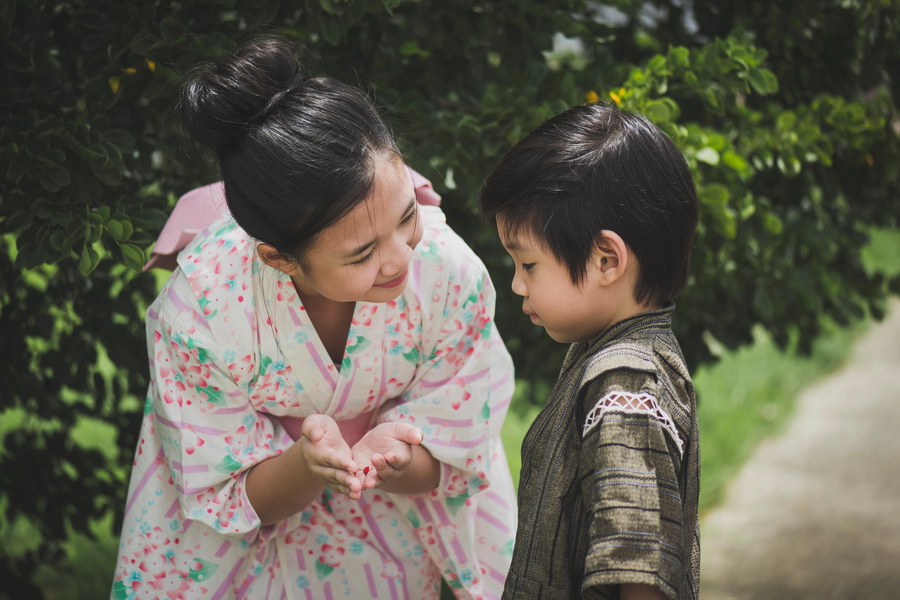
Japanese family traditions emphasize respect for elders and strong family bonds. Families maintain close ties between generations, with children and grandchildren often helping their elders, demonstrating care and attention. The traditional family structure is usually maintained, with the father as the head of the household and the mother managing the home, children’s education, and instilling obedience and respect for elders. Families spend quality time together, sharing meals, watching television, and traveling.
Wedding Traditions
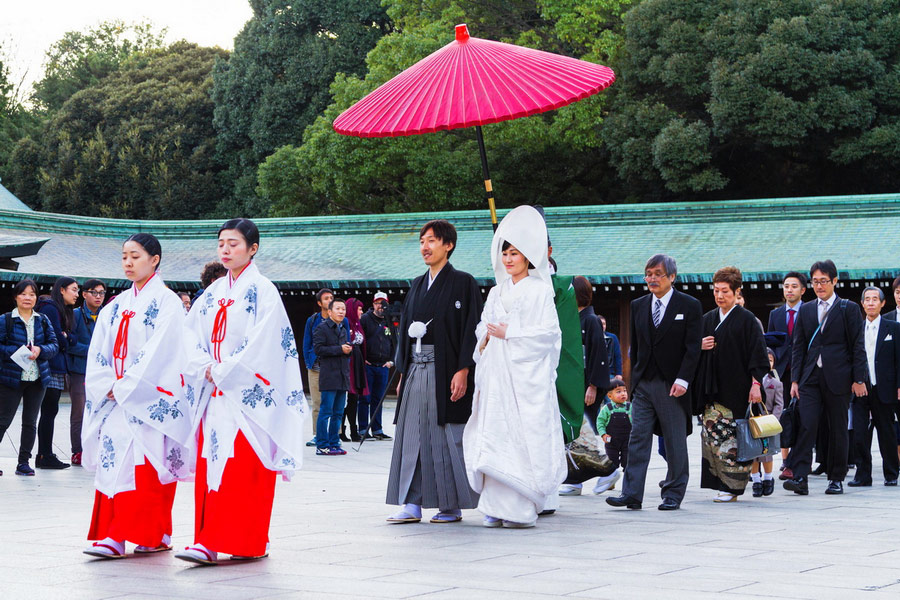
A traditional Japanese wedding is a significant event that blends Shinto and Western elements. The ceremony usually takes place in a Shinto shrine and includes prayers, sharing sake, and exchanging rings. The bride wears a white kimono (shiromaku) and a headpiece (tsunokakushi) symbolizing submission, while the groom wears a black kimono. The formal ceremony is often followed by a banquet, where the couple may change into more modern attire.
Funeral Traditions
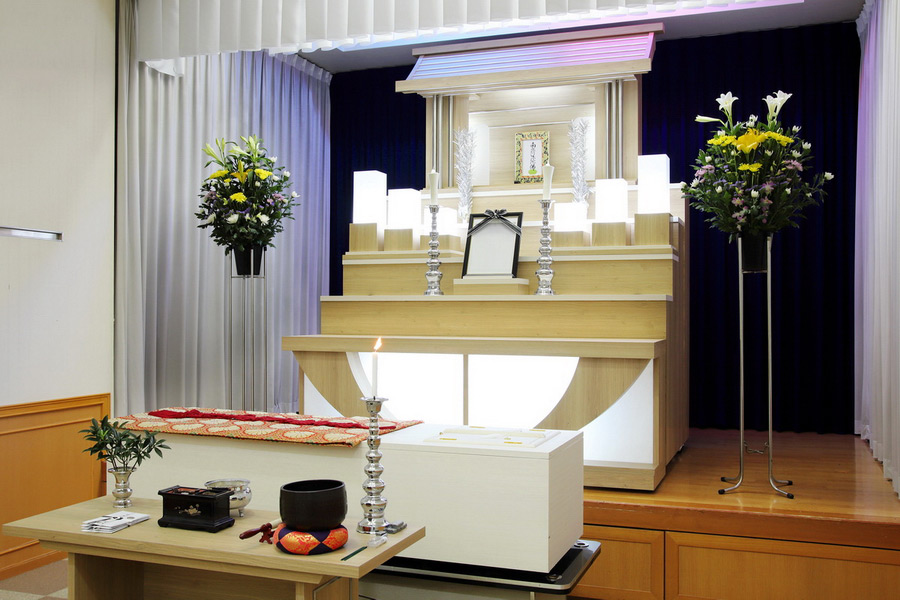
Japanese funeral rituals are influenced by Buddhism and Shintoism. The process begins with the oshou-tsui ritual, where relatives and close friends bid farewell to the deceased. The ceremony includes prayers, reciting sutras, and offering incense. The body is typically cremated, and the ashes are either placed in an urn and buried in a family grave or kept in a crematorium. Memorial services are held on the 7th, 49th, and 100th days after death, with annual remembrances continuing for several years, reflecting the deep respect the Japanese have for their ancestors.
A visit to Japan is a journey into a world of ancient traditions and marvels, where every traveler can find something to cherish. Whether your interests lie in cuisine, culture, or nature, Japan offers endless opportunities to surprise and inspire.


